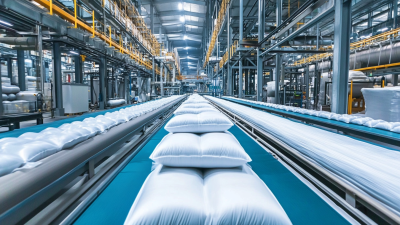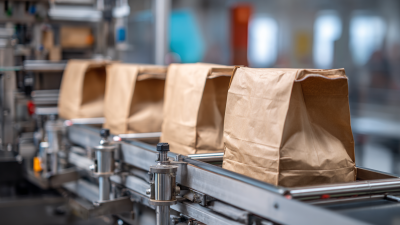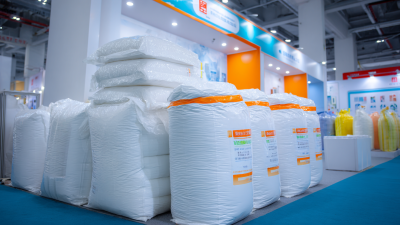The increasing demand for sustainable packaging solutions has led to the exploration of innovative materials that minimize environmental impact. Among these, the Printed Composite Bag has emerged as a promising alternative to traditional packaging options. According to a recent report by Smithers Pira, the global market for sustainable packaging is expected to reach $1 trillion by 2024, with a significant focus on reducing plastic waste.
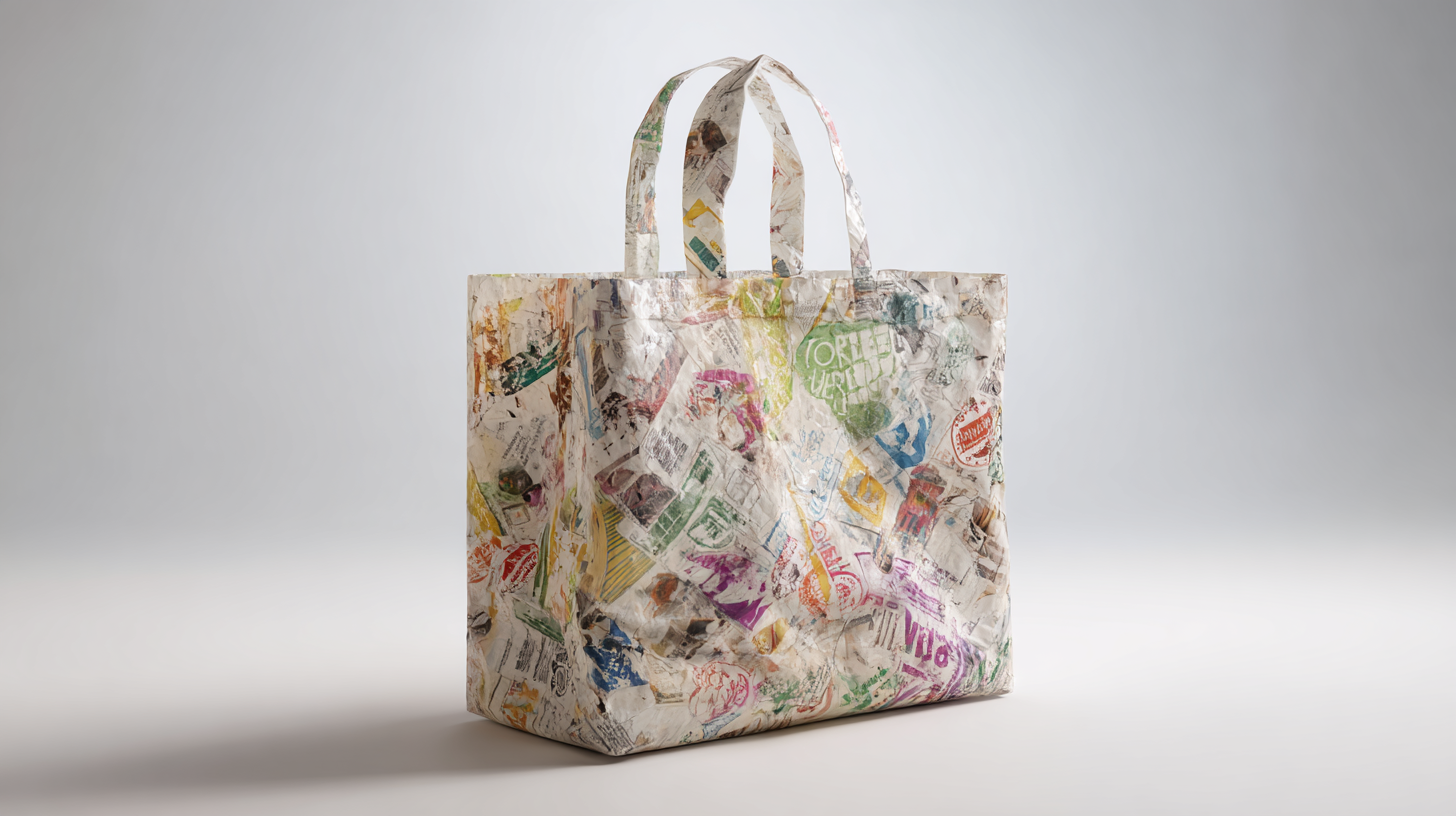
Printed Composite Bags, made from materials like paper and biodegradable polymers, not only offer excellent barrier properties but also enhance brand visibility through customizable designs. This shift towards eco-friendly packaging not only addresses environmental concerns but also aligns with consumer preferences for sustainable products, as highlighted in the 2020 Nielsen Global Sustainability Report, which indicates that 73% of consumers are willing to change their consumption habits to reduce environmental impact.
Through this exploration, we aim to uncover the numerous environmental benefits that Printed Composite Bags can provide, paving the way for a more sustainable future in packaging.
Printed composite bags are an innovative packaging solution that combines multiple materials to enhance functionality and sustainability. Typically made from a blend of paper and plastic, these bags take advantage of the strengths of each material, resulting in a product that is both durable and lightweight. The outer layer, often printed with vibrant, eco-friendly inks, not only provides aesthetic appeal but also acts as a barrier against moisture and contaminants, making them suitable for a wide range of products.
The materials used in printed composite bags are crucial to their sustainability credentials. Many manufacturers are now opting for biodegradable or recyclable materials, reducing the environmental impact associated with traditional plastic packaging. By incorporating renewable resources, such as plant-based plastics or recycled paper, these bags can significantly minimize waste. Additionally, their potential for reuse further contributes to a circular economy, encouraging consumers to adopt more sustainable practices in their purchasing habits. As the demand for sustainable packaging solutions grows, printed composite bags present a promising alternative that aligns with environmental goals while meeting the needs of modern consumers.
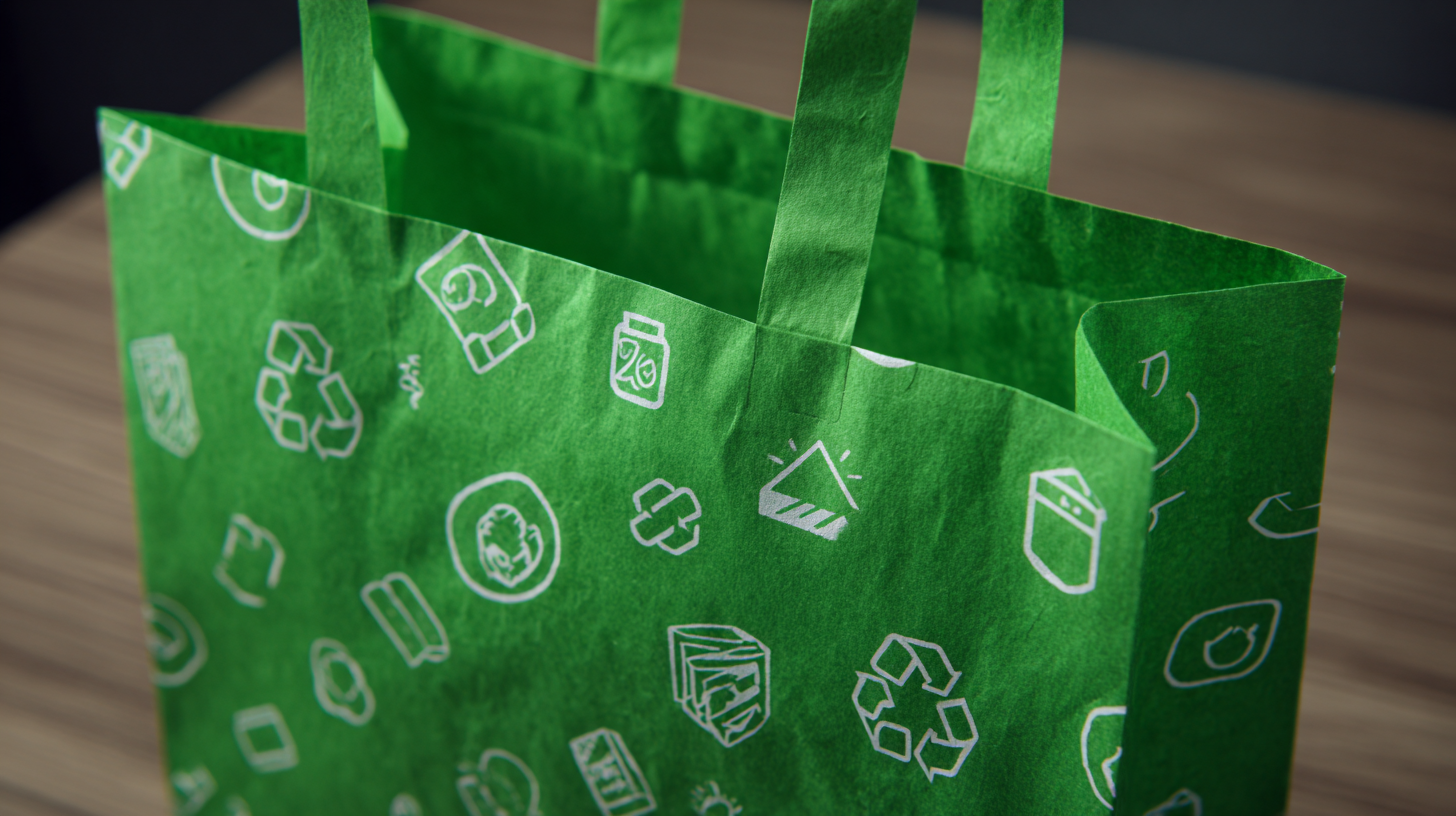 Composite bags are emerging as a pivotal solution in sustainable packaging, particularly due to their eco-friendly production methods. The eco-conscious approach of manufacturing these bags often incorporates recycled materials, minimizing waste while simultaneously reducing the carbon footprint. The combination of various materials in composite bags enhances their durability and functionality, allowing them to serve multiple purposes without the need for additional packaging, which further supports a reduction in resource use.
Composite bags are emerging as a pivotal solution in sustainable packaging, particularly due to their eco-friendly production methods. The eco-conscious approach of manufacturing these bags often incorporates recycled materials, minimizing waste while simultaneously reducing the carbon footprint. The combination of various materials in composite bags enhances their durability and functionality, allowing them to serve multiple purposes without the need for additional packaging, which further supports a reduction in resource use.
When considering a transition to composite bags, here are a few tips: first, opt for bags made from recycled content, as this significantly lowers environmental impact. Secondly, seek out suppliers who adhere to sustainable production practices, ensuring that your choices contribute positively to the planet. Lastly, educate consumers about the benefits of composite bags to encourage widespread adoption, creating a collective effort towards more sustainable packaging solutions.
As the world increasingly prioritizes environmental sustainability, the packaging industry is witnessing a significant shift towards eco-friendly alternatives. Composite bags, which typically blend materials like paper and plastic, demonstrate a remarkable reduction in environmental impact compared to traditional packaging methods. According to a report by the biodegradable packaging industry, composite bags can reduce greenhouse gas emissions by up to 30% compared to traditional single-use plastic bags. This is mainly due to the ability of composite materials to utilize less fossil fuel through their production processes.
In addition to emissions savings, composite bags often have a lower overall resource usage. A study by the Packaging Waste Directive indicated that composite bags require 20-30% less energy to produce than their traditional counterparts. This reduction not only conserves energy but also significantly minimizes waste generation. For businesses seeking sustainable packaging solutions, transitioning to composite bags can align with corporate social responsibility goals while appealing to environmentally-conscious consumers.
Tips:
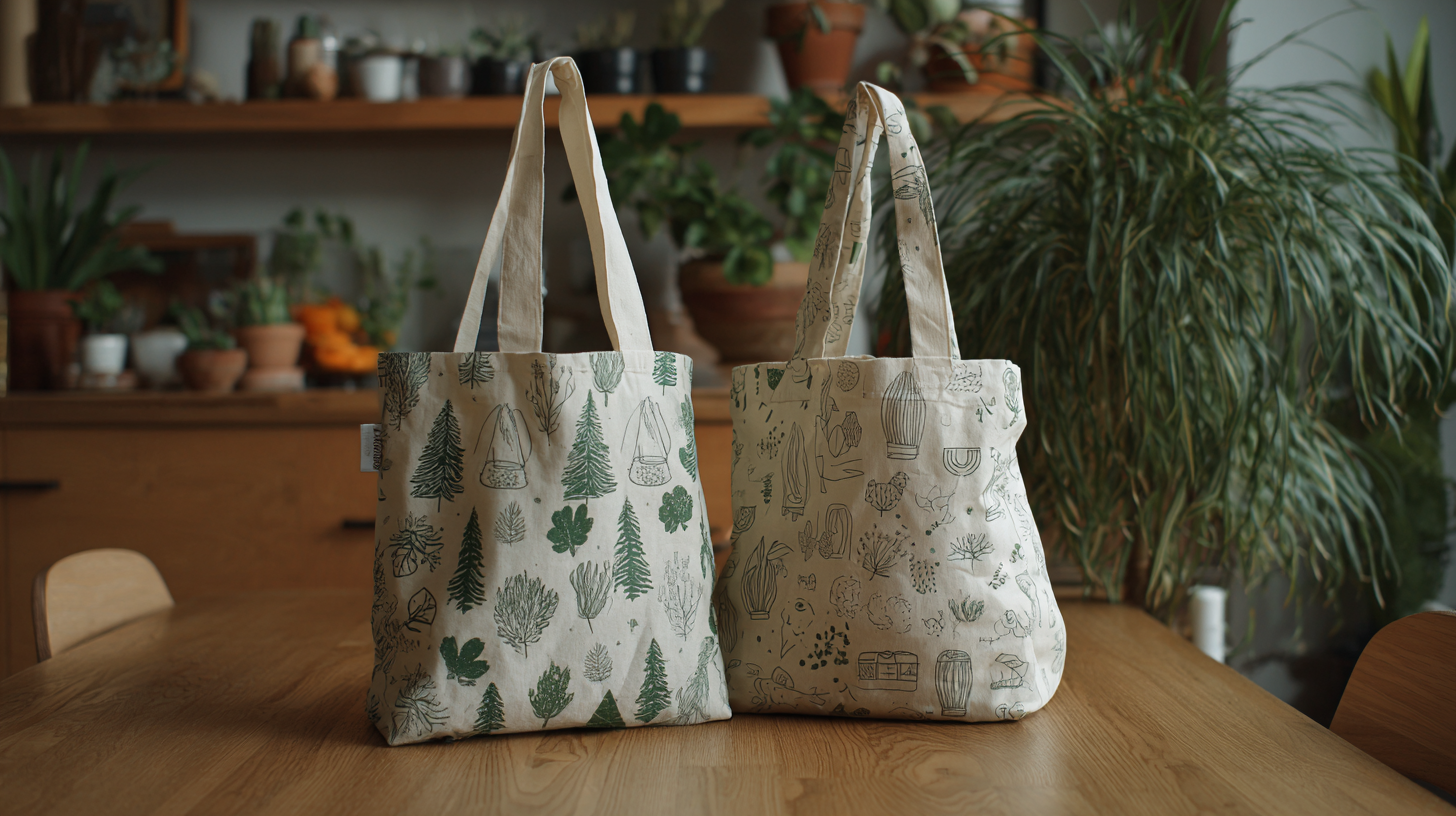 Printed composite bags are becoming increasingly popular in sustainable packaging solutions due to their environmental benefits. These bags, often made from layers of materials like paper and plastics, not only offer durability but can also be designed to reduce waste. To maximize their effectiveness, it’s essential to implement best practices in their usage.
Printed composite bags are becoming increasingly popular in sustainable packaging solutions due to their environmental benefits. These bags, often made from layers of materials like paper and plastics, not only offer durability but can also be designed to reduce waste. To maximize their effectiveness, it’s essential to implement best practices in their usage.
Tips: When selecting printed composite bags, always look for those made from recyclable or biodegradable materials. Additionally, consider the source of the materials used, opting for suppliers that prioritize sustainability. Properly educate consumers on the importance of reusing these bags, encouraging them to bring them back for future purchases.
It's also vital to focus on the printing process itself. Utilize eco-friendly inks and printing techniques to minimize the environmental impact. Moreover, aim for designs that require less ink where possible. This not only conserves resources but also aligns with the sustainable ethos of using printed composite bags. By following these best practices, businesses can enhance their commitment to the environment while providing functional and appealing packaging solutions.
The shift towards sustainable packaging has gained momentum as industries recognize the urgent need to reduce environmental impact.
Printed composite bags, which combine multiple layers of materials for enhanced durability and functionality, present a promising alternative. According to a report by Smithers Pira, the global market for sustainable packaging is projected to reach $500 billion by 2028, with composite materials playing a significant role due to their low weight and high strength. These bags not only minimize waste during production but also enhance recyclability, contributing to a circular economy.
Measuring the long-term sustainability benefits of composite packaging solutions is critical. A study published in the Journal of Cleaner Production reveals that using composite materials can reduce carbon emissions by up to 30% compared to traditional single-use packaging options. Additionally, the European Bioplastics Association notes that biocomposite materials can significantly decrease plastic pollution, potentially diverting millions of tons of waste from landfills and waterways. As brands increasingly adopt these solutions, they set a precedent for environmental responsibility and pave the way for a greener future in packaging.
